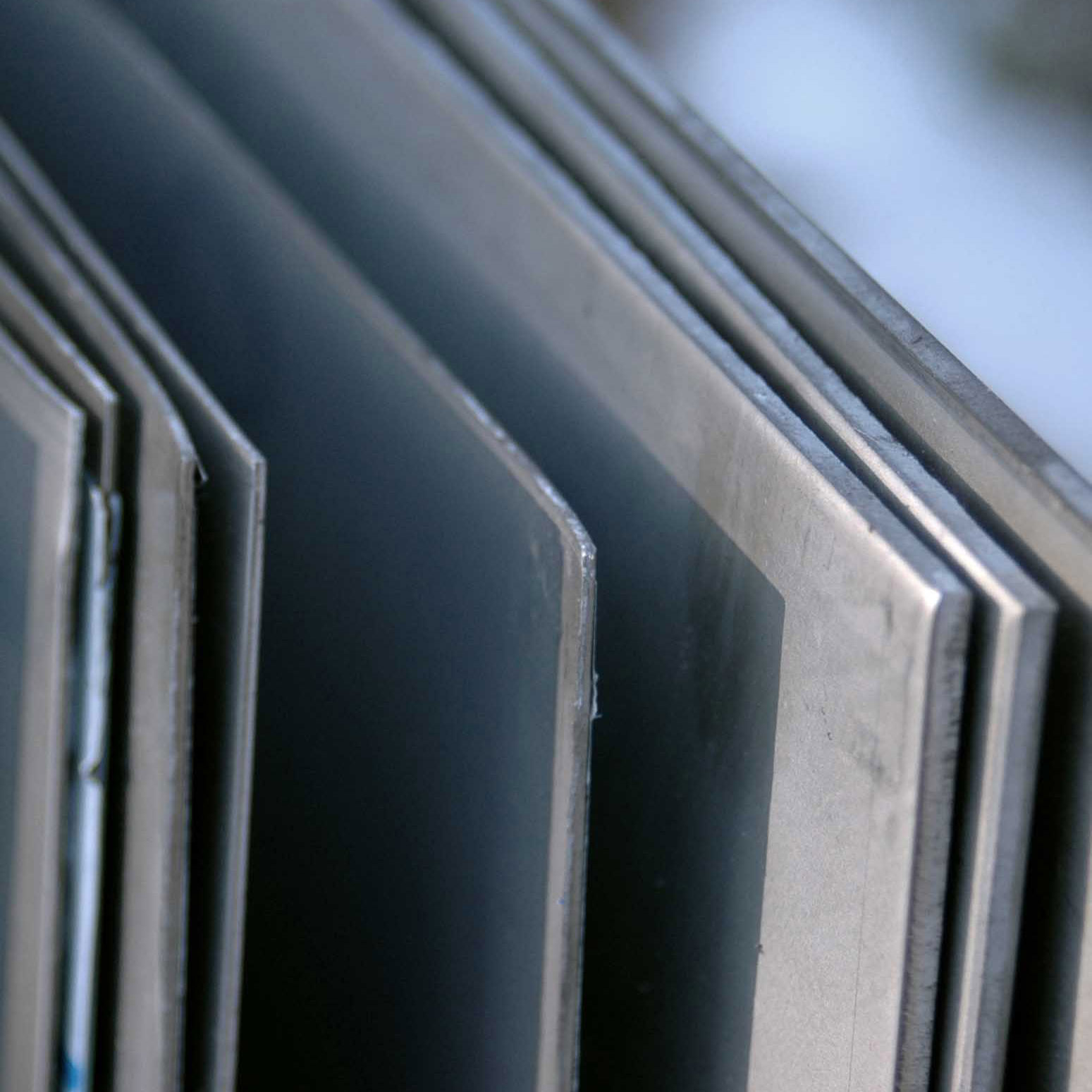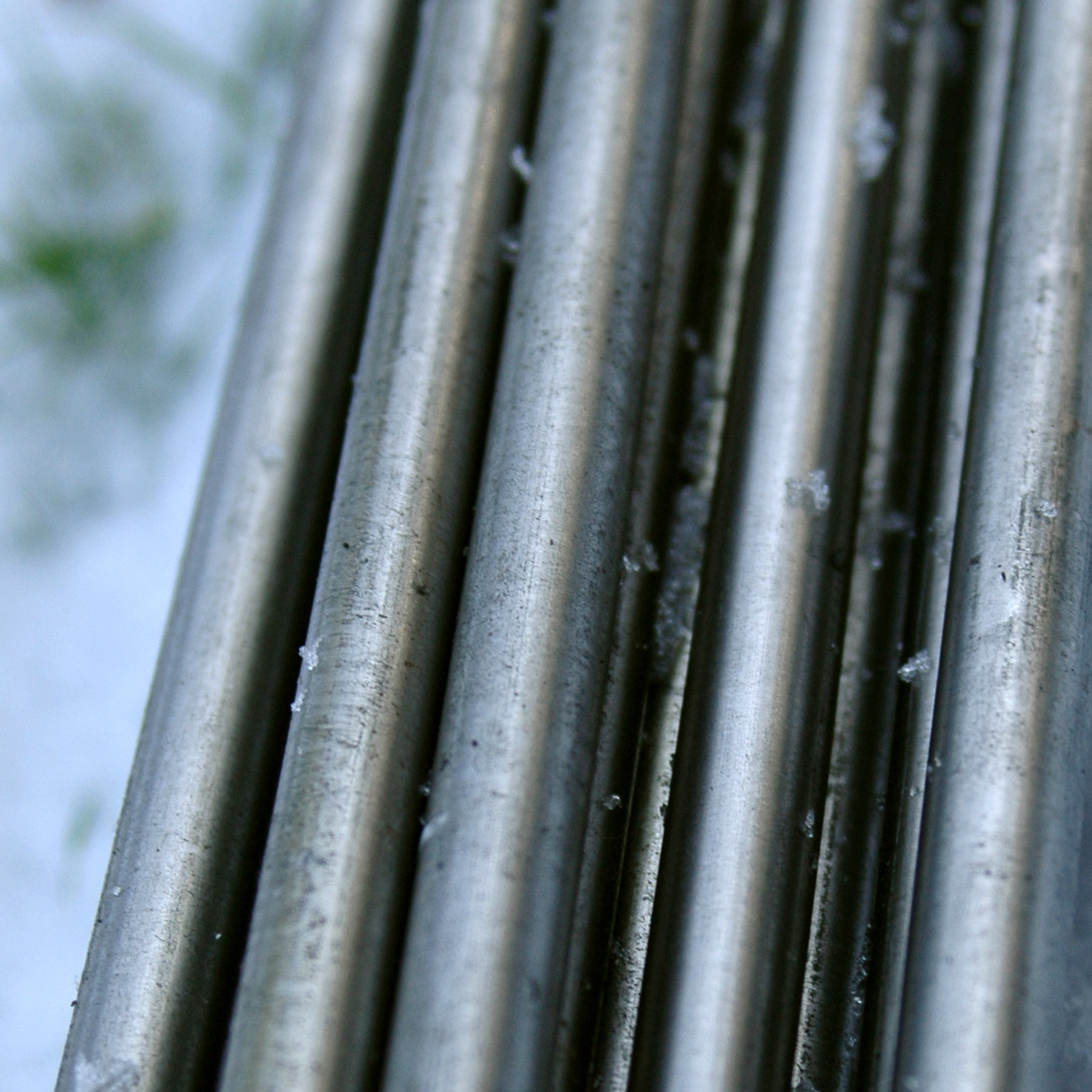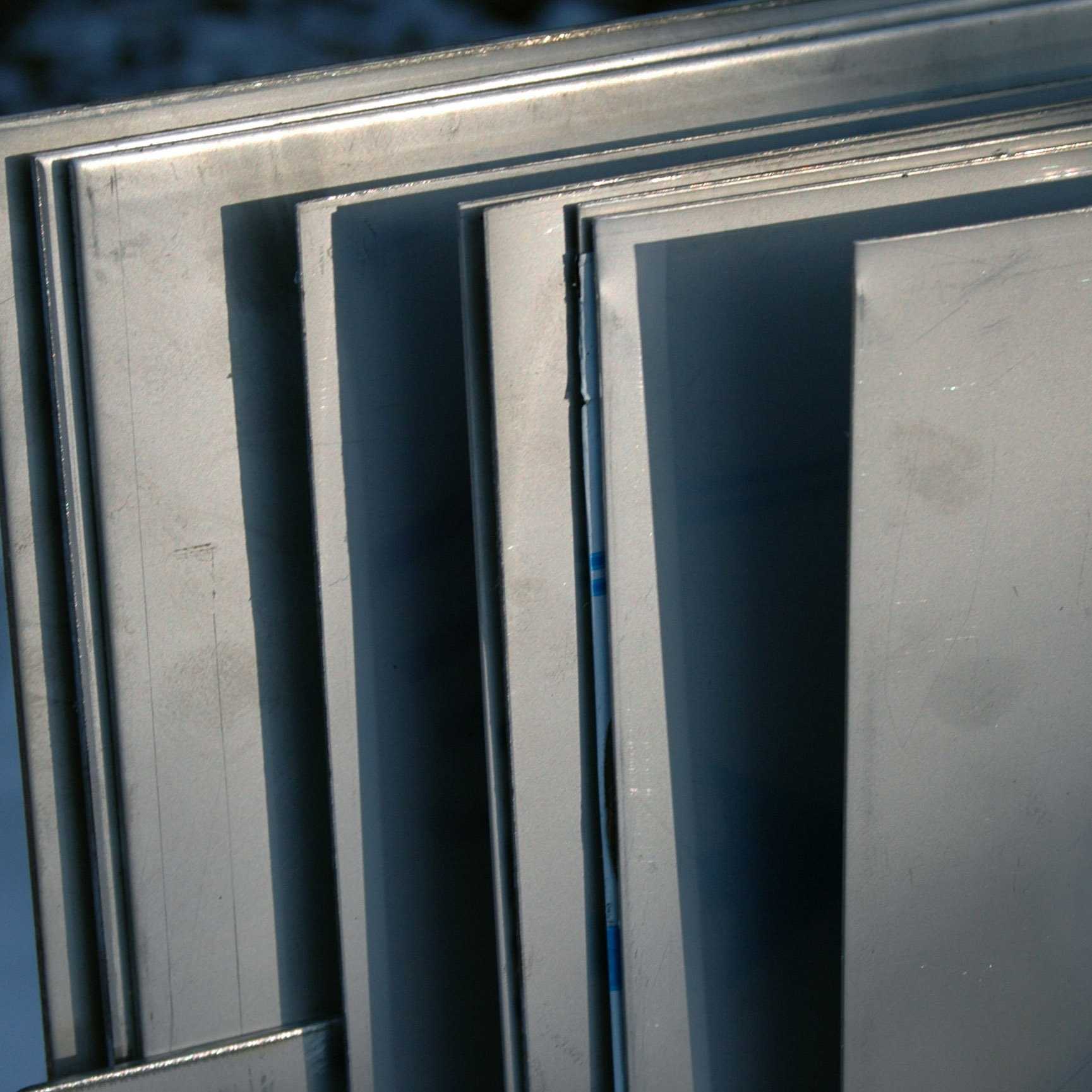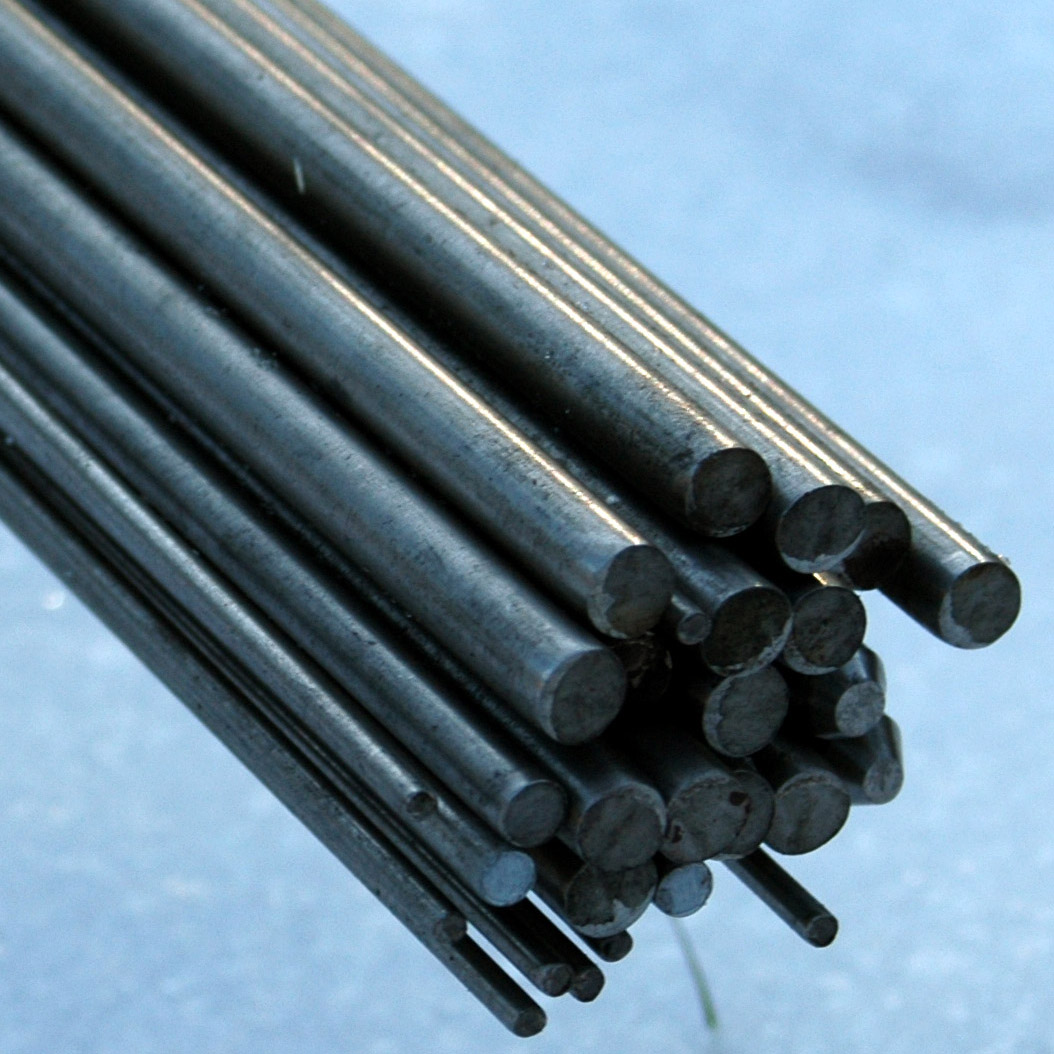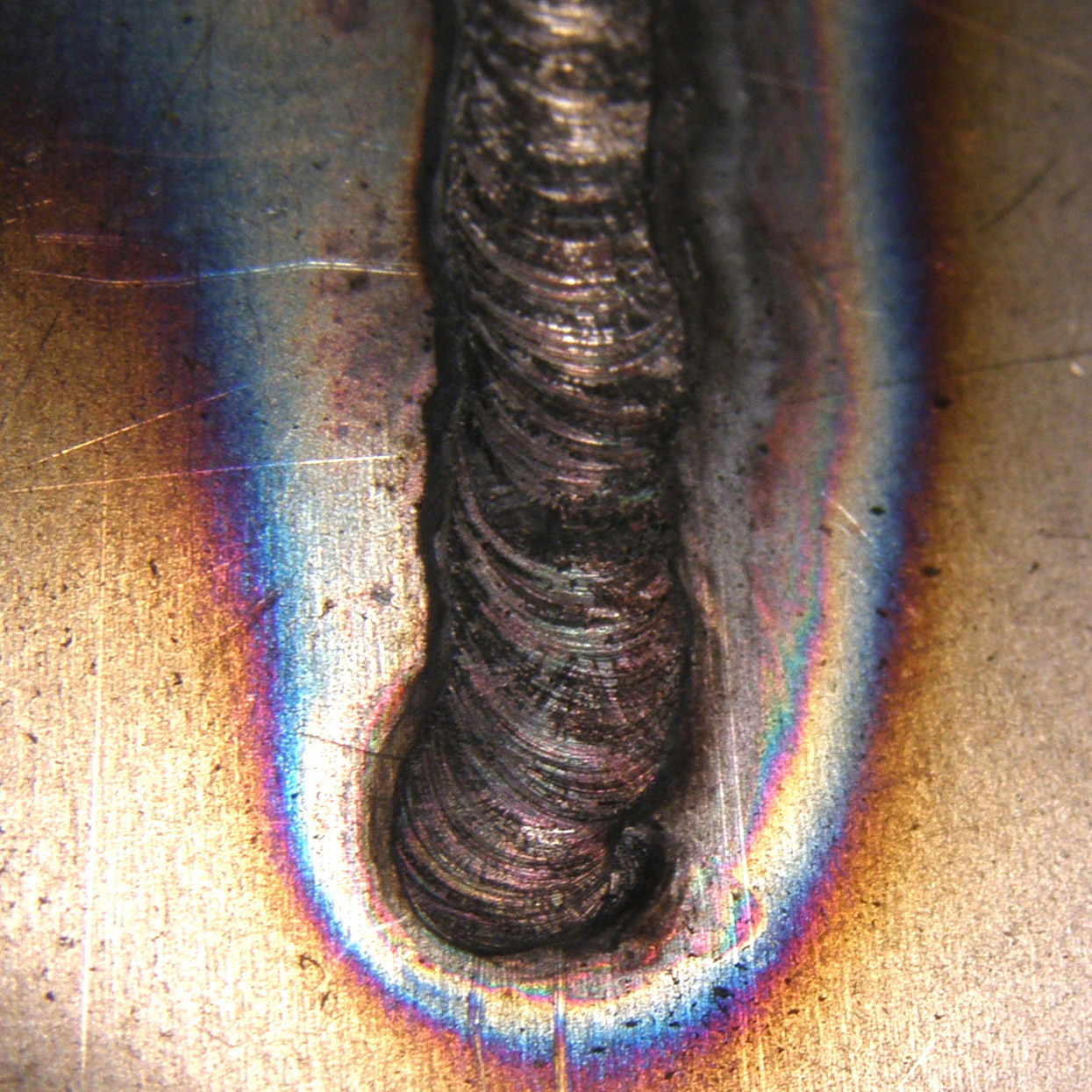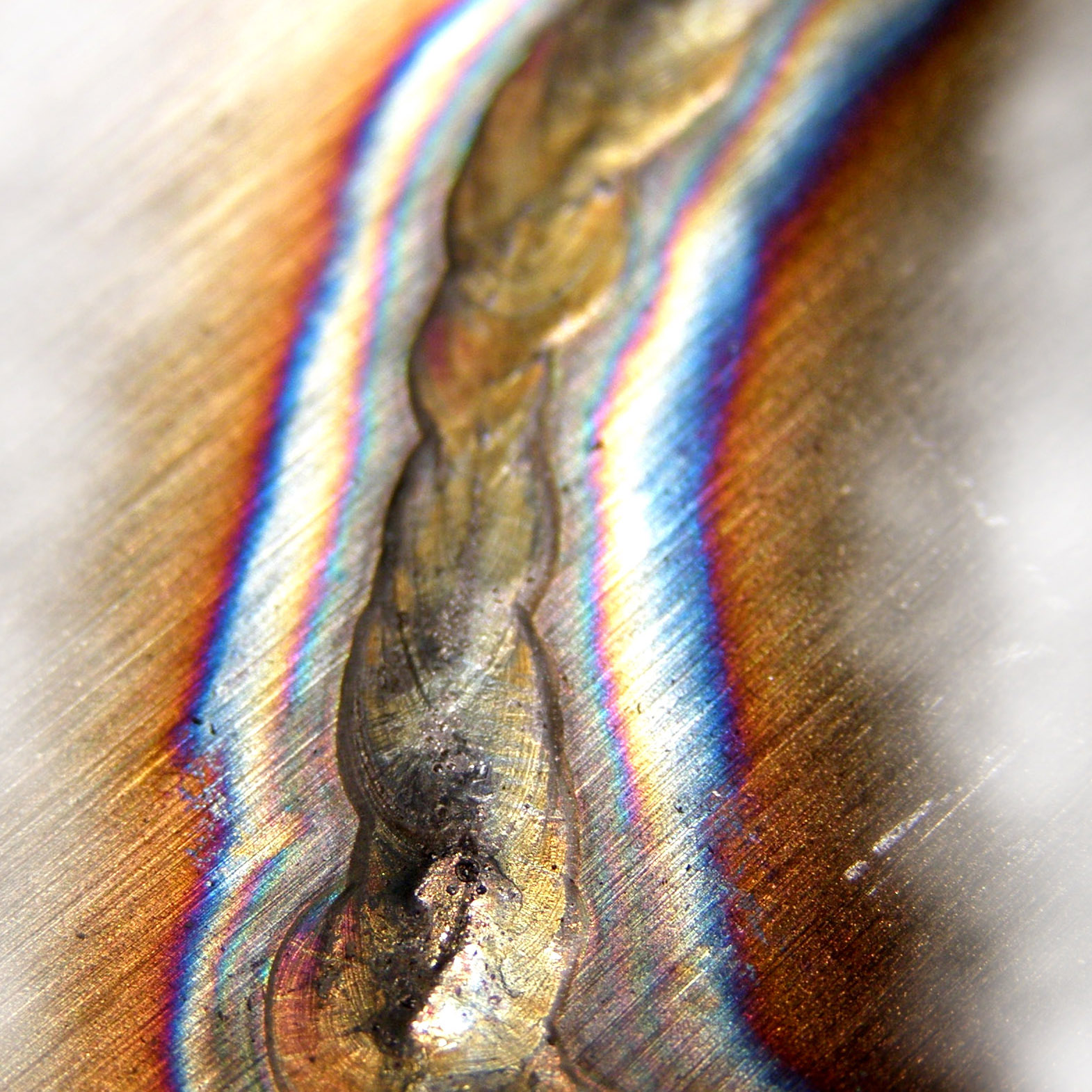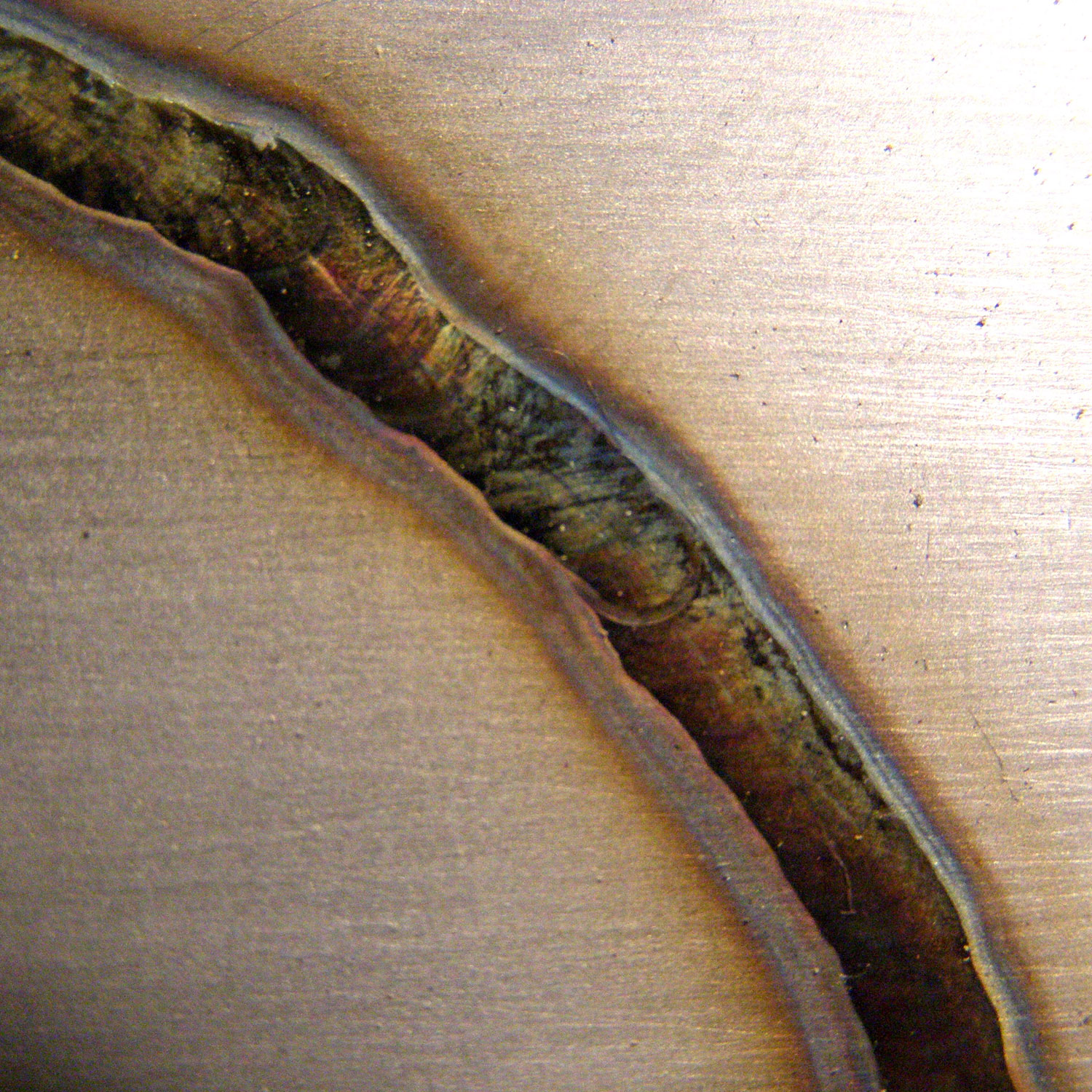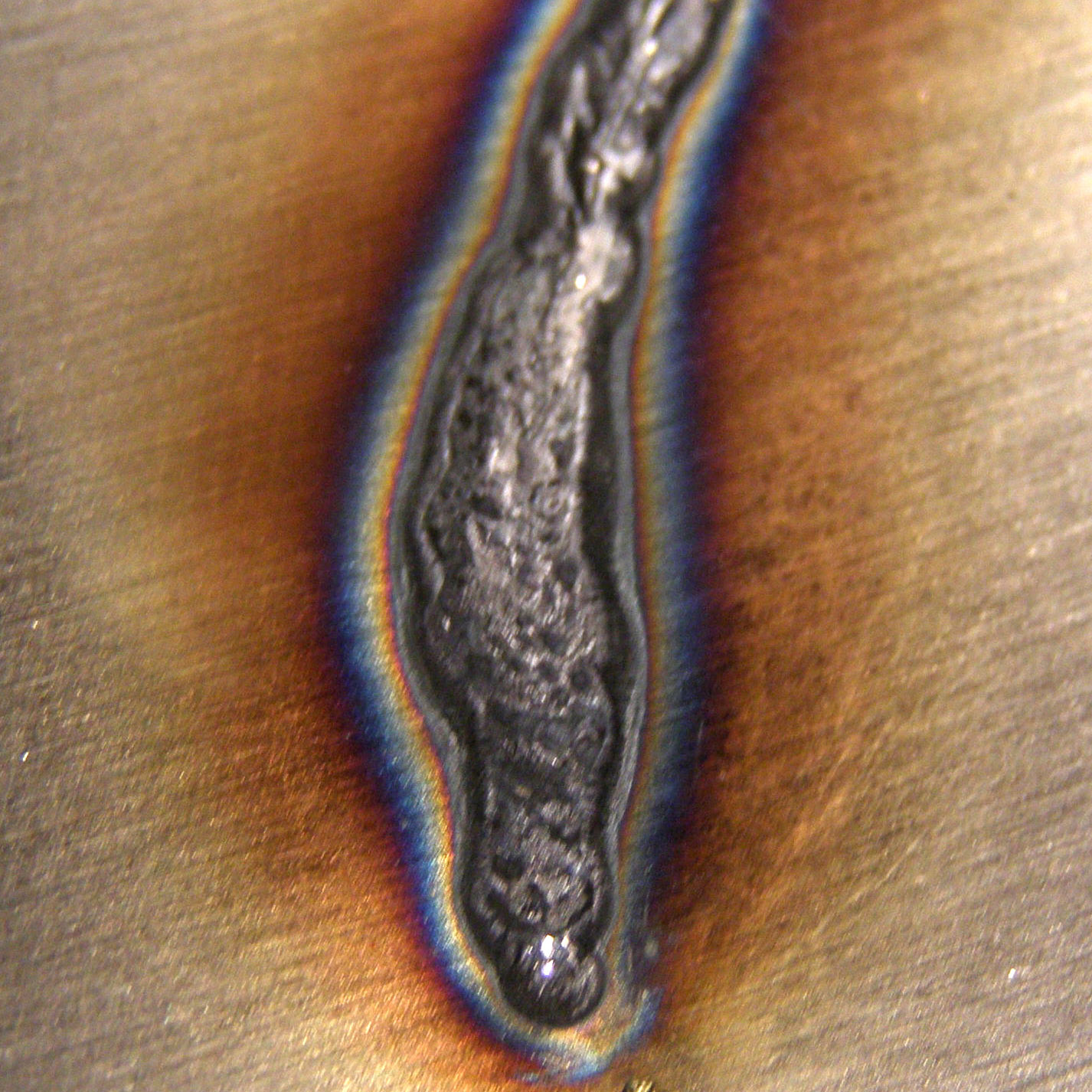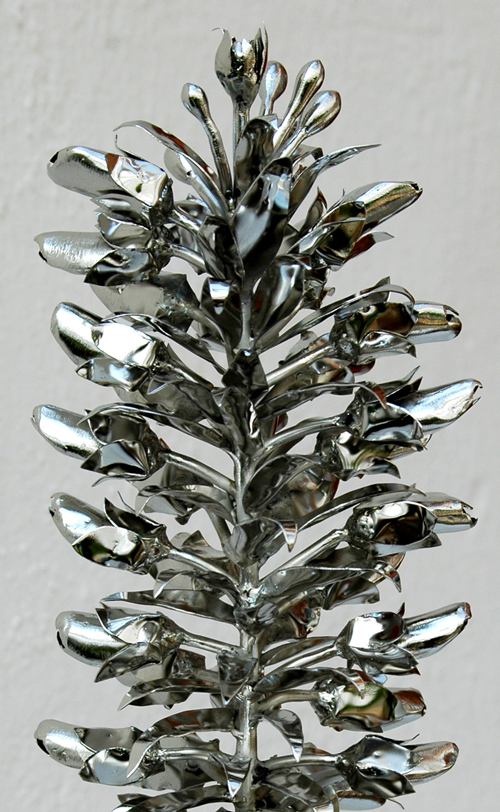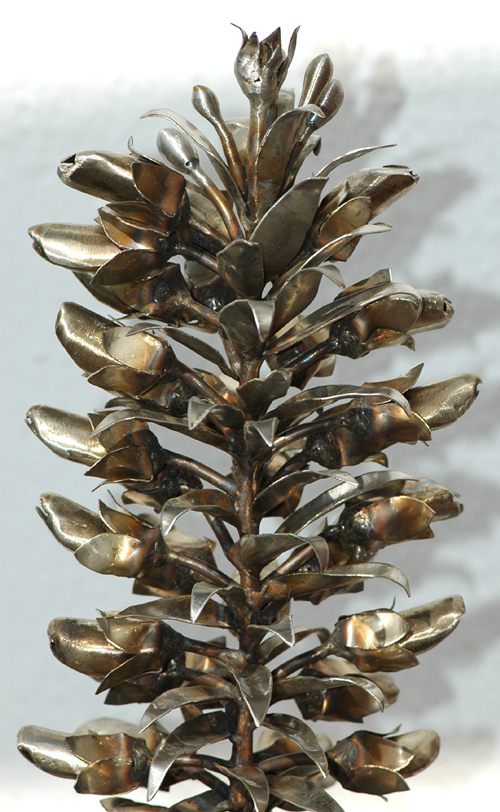History of Stainless Steel
Did you know that the year 2012 was the first anniversary of the centenary of the birth of stainless steel alloys? In fact, the patent was made in 1912 by a German. From a technological point of view the patent defined new steel alloys – “ordinary” steel alloys mainly consist of iron, a little bit of carbon and traces of other metals. The stainless steel alloys contain a rather relevant part of nickel and chrome in addition. Of course, there can be other elements such as tintanium or traces of copper as well.
Steel is a material which can be used to build quite different designs. Though stainless steel alloys have slightly different properties in comparison with ordinary steel alloys (e.g. the hardness), they can be used to build quite different designs as well – think of the top of the Chrysler Building in New York City! Its stainless steel cap can be watched in many movies, since it was already built in 1930. Or think of the famous car which was used to travel through time in the “Back to the future” movie series. It was a DeLorean – a car made of stainless steel.
By the way, the inventers of the stainless steel alloys made heaps of different test series, varying the parts of additional elements. The most succeeding ones are still known nowadays as V2A and V4A.
Corrosion
Some people might experience that even stainless steel alloys can show corrosion. This is no surprise. For example, corrosion can happen if you use an alloy for the coast shore which is not specially meant to resist very salty water. The salt in the water means that there can be ions and a current, and that sets chemical reactions on their way.
Corrosion is nothing but a matter of the environment. The stainless steel alloy used by StainlessFlowers is fine to resist inside for decades. It will also resist in the garden for a lifetime if the air is clean and the climate is moderate – even if you are living in a rainy area. However, it will not resist any environment. On our neighour planet venus the air pressure on the ground equals the water pressure in 1000 meters water depth on earth. It is dark on venus, there are always clouds and lightning and the ground is so hot that it is glowing dimly red. Even lead is fluid. The first mission which reached the ground was of old school russian design in 1970 – very resistant, it survived 23 minutes. Corrosion is nothing but a matter of the environment. Put a car made of ordinary steel on the moon – without atmosphere, it can resist eternities if it is not hit by some meteor meanwhile.
Metamorphosis
It is the nature of metals that they are building oxides when oxygen is present. This includes corrosion, but it also means a transformation of one material to another – a metamorphosis. In fact, metal oxides are known to be a huge and important group of materials and they rarely share much properties with the pure metals. A common example is the white ceramic part made of aluminium oxide on the top of a spark plug in a car engine. It is not like the silver foil you maybe find in your kitchen. The aluminium foil is covered with a thin aluminium oxide layer, but this is a different type of oxide. The oxide layer protects the pure aluminium of the foil underneath from corrosion like a skin. In stainless steel alloys, the nickel and the chrome lead to a compareable oxide protection skin. That’s why stainless steel is stainless.
Rainbows without rain
The more steel is heatened up, the easier it can react with the oxygen of the atmosphere. That means new, transparent oxide layers are growing. The more heat, the thicker the layers get. Especially when working with stainless steel, you can watch this phenomena as rainbow colors are appearing beneath a welding seam when the material cools down. These are called temper colors. An experienced metal worker can tell the maximum welding temperature by reading the temper colors.
The colors are due to the fact that the thickness of the oxide layers is of the same size as the wavelength of visible light. You could say the oxide layers run through the spectrum of the sunlight, passing all wavelengths of colors while growing, then freezed by taking the heat away. The result looks like a rainbow, painted on steel. For me, this is purely the beauty of nature – and that is what all the Products of StainlessFlowers are about: The beauty of nature.



